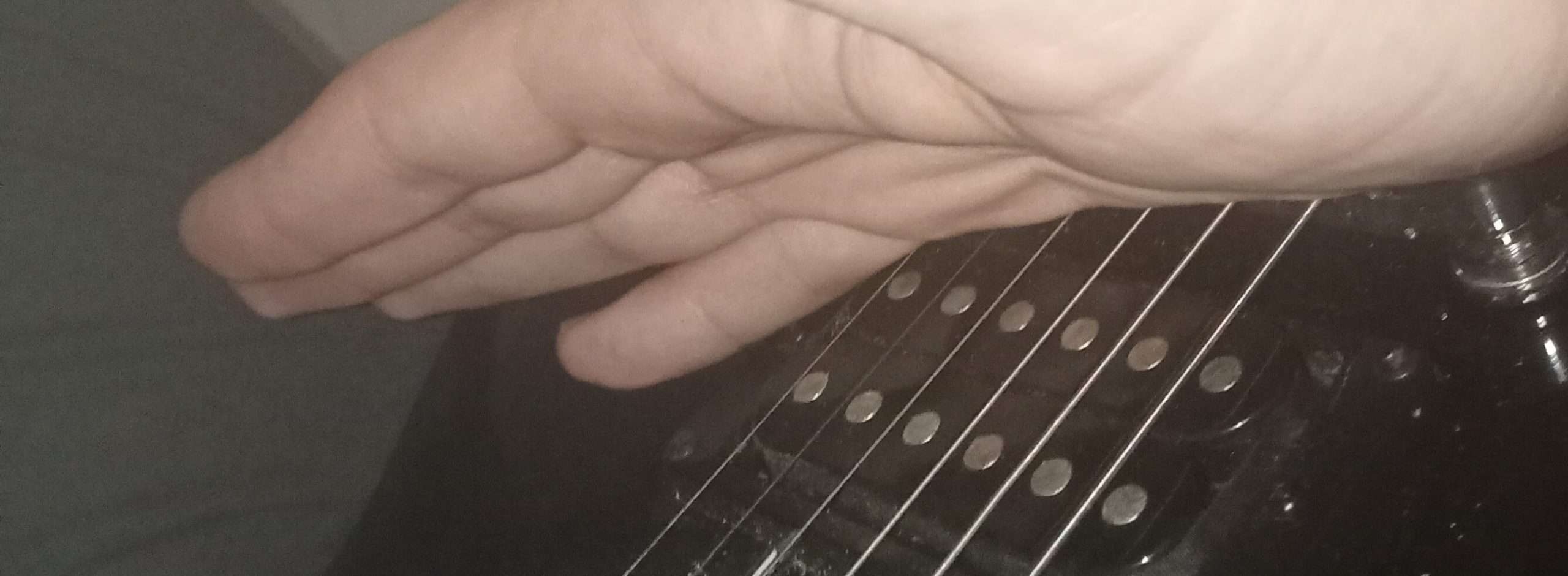Introduction
As a seasoned musician, you understand that the mastery of your instrument goes beyond playing the right notes; it involves controlling every nuance of sound. In the realm of guitar playing, one skill that often distinguishes amateurs from professionals is the art of muting strings. In this article, we delve into the intricacies of how to mute guitar strings, exploring various techniques, common pitfalls, and the profound impact it has on your overall playing.
Why Muting Matters
The beauty of a guitar’s sound lies not just in what you play but also in what you choose not to. String muting is the secret ingredient that adds depth, dynamics, and clarity to your music. It involves selectively dampening or silencing certain strings while allowing others to resonate freely. This nuanced control over sound is what transforms a good guitarist into a great one.
Techniques for Muting
Palm Muting: One of the most fundamental techniques, palm muting involves resting the edge of your picking hand on the strings near the bridge. This creates a percussive, muted sound perfect for rhythmic playing.
Fret-Hand Muting: By lightly resting the fingers of your fret hand on the strings, you can selectively mute or dampen certain notes. This technique is essential for clean and precise playing.
String Dampeners: Considered a game-changer, string dampeners are accessories that sit on the guitar neck and selectively mute unwanted string noise. These are particularly popular in genres like metal where precision is paramount.

Importance of Muting in Different Genres
From the soulful blues to the shredding riffs of metal, string muting plays a pivotal role in shaping the sonic identity of various music genres. Understanding how to employ muting techniques appropriately can elevate your playing and make you adaptable across different musical styles.
Common Mistakes in String Muting
Every guitarist has been there – unintentional string buzzes, unwanted harmonics, and a lack of clarity. Addressing these common mistakes is crucial for anyone looking to master the art of string muting.
Overcoming Challenges
String muting isn’t without its challenges, especially for beginners. However, with the right mindset and practice routines, you can overcome these hurdles and unlock the full potential of your guitar playing.
Tools and Accessories for Effective Muting
Enhance your muting game with tools like adjustable bridges, specialized picks, and string dampeners. These accessories can provide an extra layer of control over your instrument’s sound.
Exercises for Improving Muting Skills
Practice makes perfect, and the same holds true for muting. We’ve curated a set of exercises to help you hone your muting skills, ensuring precision and clarity in every note you play.
Muting in Advanced Guitar Playing
For advanced players, muting becomes an art form. Explore advanced techniques like percussive muting, sweep picking muting, and more to take your guitar skills to new heights.
Muting in Acoustic vs. Electric Guitars
While the fundamentals of muting apply to both acoustic and electric guitars, there are nuanced differences. Dive into the distinctions between muting on these two types of guitars and learn how to adapt your technique accordingly.
Famous Guitarists and Their Muting Styles
Discover the unique muting styles of guitar legends like Jimi Hendrix, James Hetfield, and Mark Knopfler. Understanding how the pros approach muting can provide valuable insights into your own playing.
FAQs About Muting Guitar Strings
- Is muting only essential for electric guitars?
- No, muting is crucial for both acoustic and electric guitars. The techniques may vary, but the principles remain the same.
- How can I avoid unintentional string buzz while muting?
- Practice precision in your muting techniques and consider adjusting your guitar setup to minimize buzz.
- Are string dampeners necessary for every guitarist?
- While not mandatory, string dampeners can be beneficial, especially in genres where absolute clarity is essential.
- Can I use muting techniques in fingerstyle playing?
- Absolutely! Muting is versatile and can be applied to various playing styles, including fingerstyle.
- Should I prioritize palm muting or fret-hand muting?
- Both techniques are valuable. Experiment with both and find the balance that suits your playing style.
Conclusion
In the symphony of guitar playing, mastering the art of muting is your ticket to creating a sound that’s not just heard but felt. Whether you’re a novice or a seasoned guitarist, understanding how to mute guitar strings opens up a world of possibilities in your musical journey. Embrace the silence between the notes, and let your guitar sing with clarity and precision.
FAQs After Conclusion
- How long does it take to master string muting?
- The time varies for each individual, but consistent practice is key to improvement.
- Can I use muting in acoustic fingerstyle playing?
- Yes, muting is applicable in acoustic fingerstyle playing and can enhance your overall control.
- Are there specific exercises for improving palm muting?
- Yes, there are exercises tailored to enhance palm muting skills. Experiment with different rhythms and tempos.
- Should I mute all strings or just specific ones?
- Muting specific strings is more common, but the choice depends on the musical context and style.
- Any tips for incorporating muting into solo playing?
- Experiment with partial muting and vary the pressure of your palm or fingers for nuanced solo playing.
RELATED GUITAR AND ELECTRIC GUITAR BLOG POSTS
– Is the Nux Plexi Crunch a good Distortion pedal?;
– Is the Bugera V5 Infinium a good electric guitar amplifier for guitarists?
– Nux Horseman Overdrive: good overdrive or not?
– What are the best looping pedals with drum machine for acoustic guitar and electric guitar?

